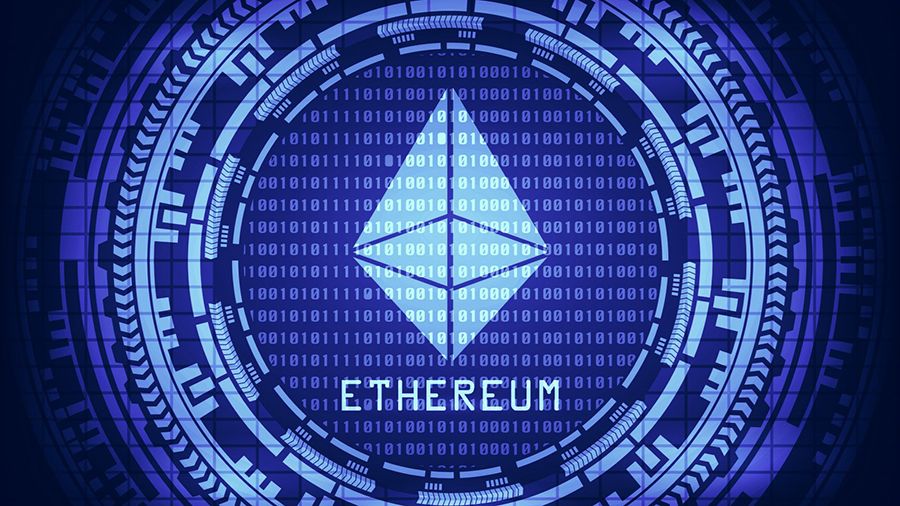Ethereum developer Martin Holst Svende proposed a fix for a vulnerability in EIP-1559 that could lead to network congestion. EIP-1559 will be rolled out on the July London hard fork.
Ethereum developers fixed a flaw in EIP-1559 that left the network vulnerable to large fake transactions that could overload the blockchain. Scheduled to roll out in mid-July as part of the London EIP-1559 hard fork, it will dramatically change Ethereum’s fee structure – it will autonomously adapt to network requirements and allow users to pay only the fees they really need to complete a transaction.
Typically, the user sends a gas fee to the miner to include a transaction in a block. Now this payment for gas will be sent to the network itself as part of the “burning”, with the payment of only optional “tips” to the miners. Ethereum developer Martin Holst Swende discovered last week that EIP-1559 does not set limits on the maximum amount a user can pay to speed up transaction confirmation.
Thus, an attacker could enter an absurdly large number to overload the network, even if he did not have the money to pay the tip. Developer Tim Beiko tweeted:
“Since the fields in 1559 did not have a limit, an attacker could take advantage of this, in fact not pay huge amounts for gas, and spam the network.”
To address this vulnerability, the developers implemented the solution suggested by Svendé: four lines of code that limit transactions to 2 ^ 256, a widely used cryptographic hash function that is used in Bitcoin.
Recall that in the middle of the month, Ethereum developers agreed to postpone the activation of the “difficulty bomb”, scheduled for this summer, until December, when the merger of ETH1 and ETH2 should take place.







